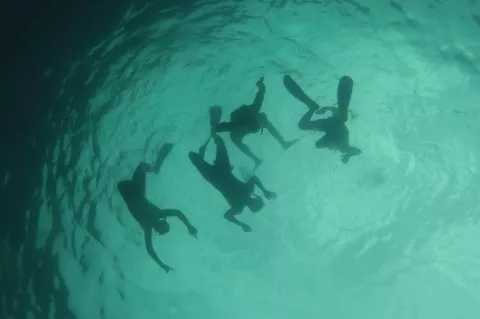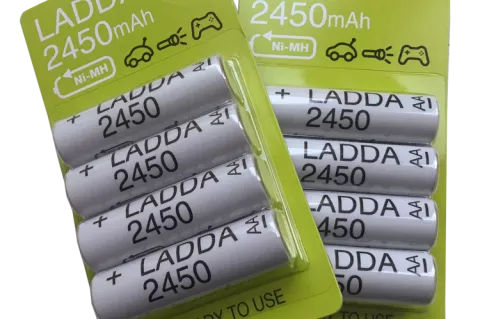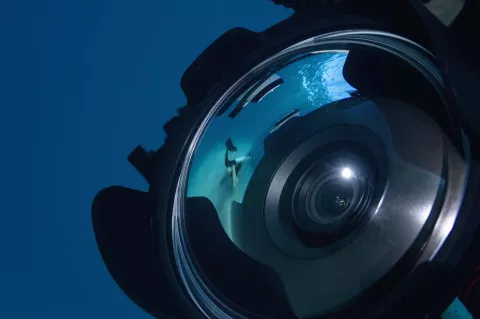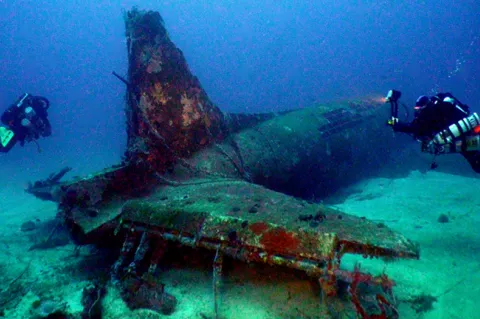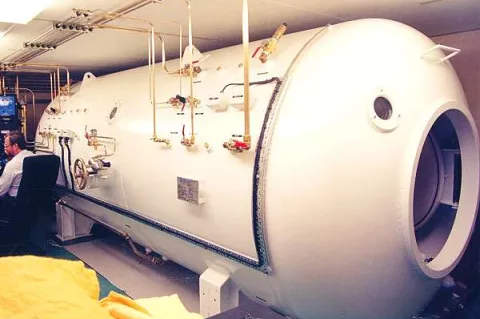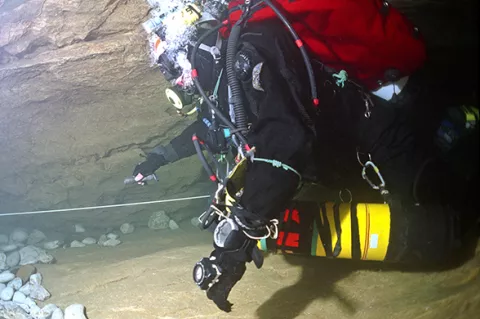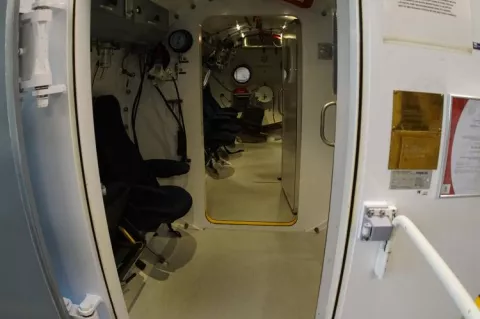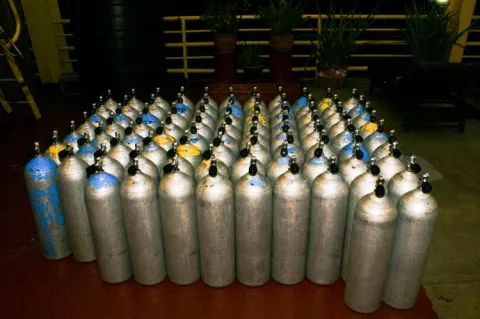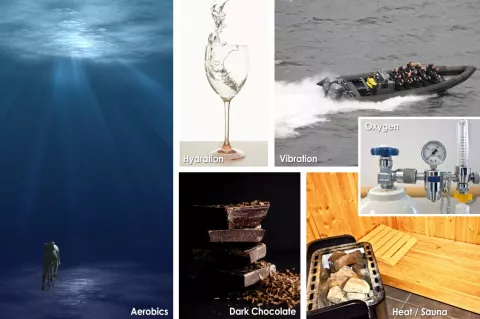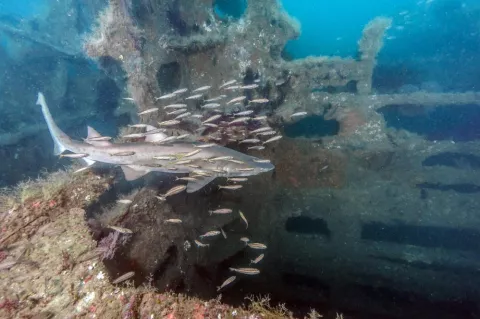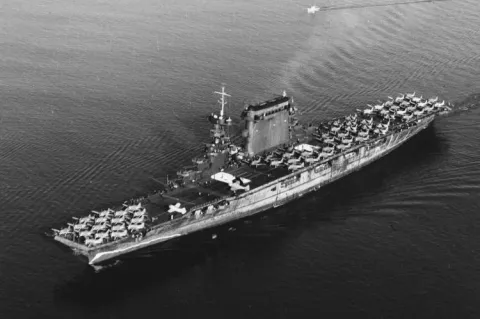NOC hosts Marine Plastic Pollution Talk
On 10 May 2018 David Jones will be talking on "Marine Plastic Pollution: How did we get here and what can we do about it?"
Plastic pollution is undoubtedly one of the biggest environmental issues we face at the moment. Plastic has only been in our lives for around seventy years, so how did we get to where we are, what went wrong? More importantly, what can we do about it?" David Jones.


